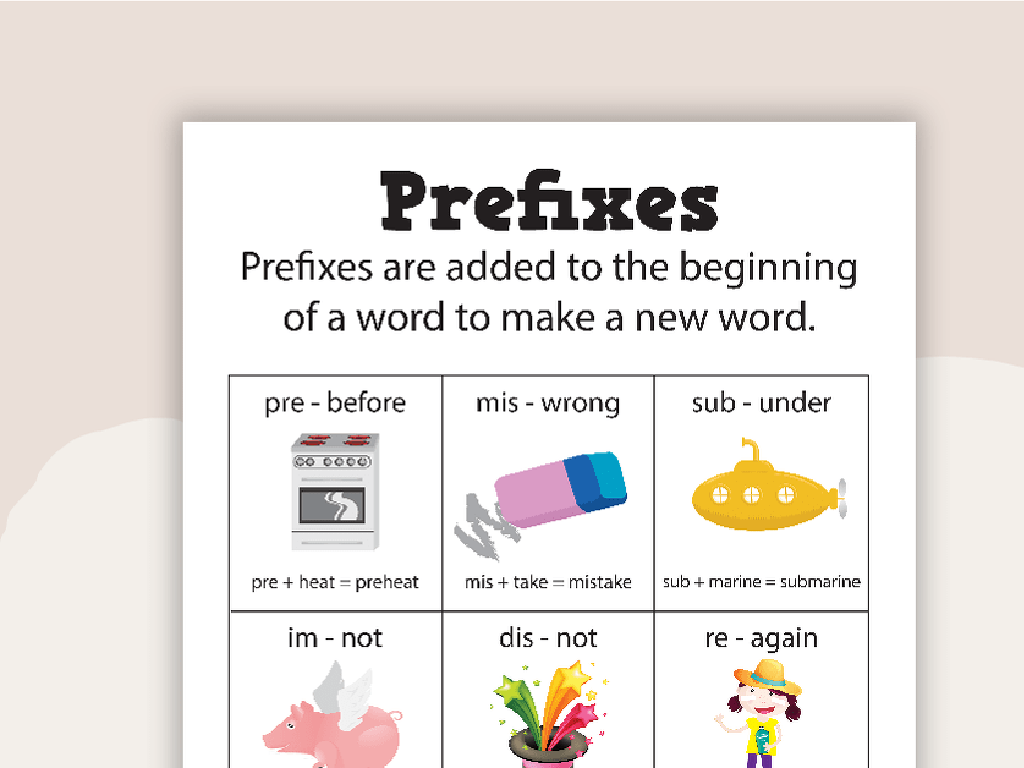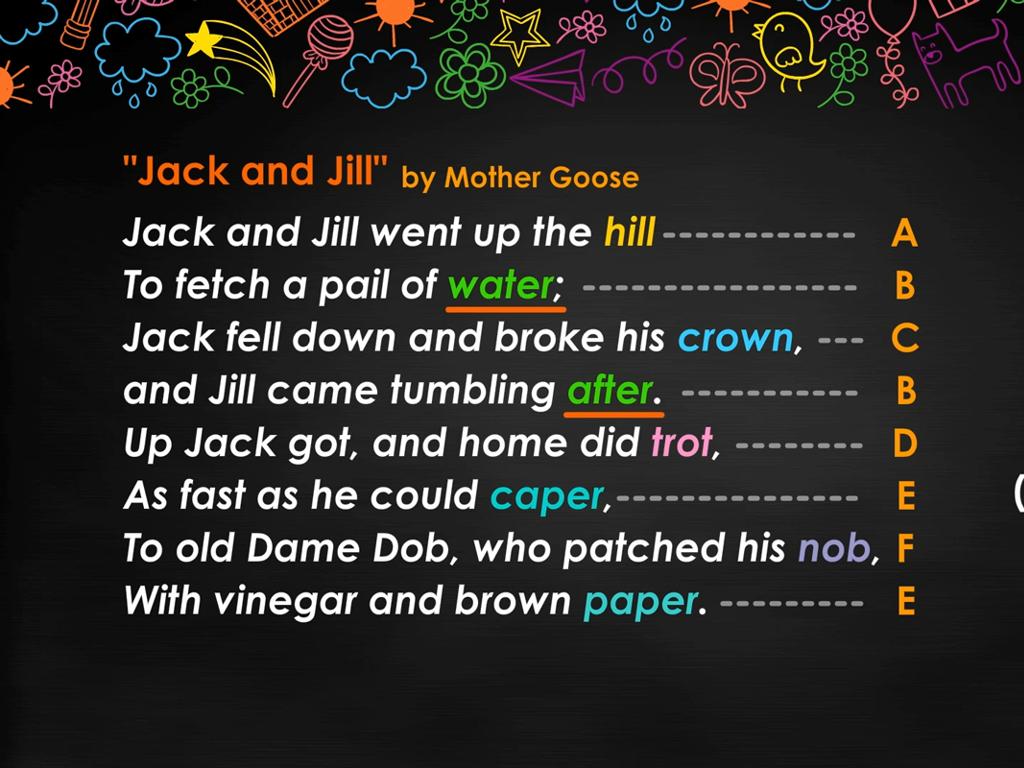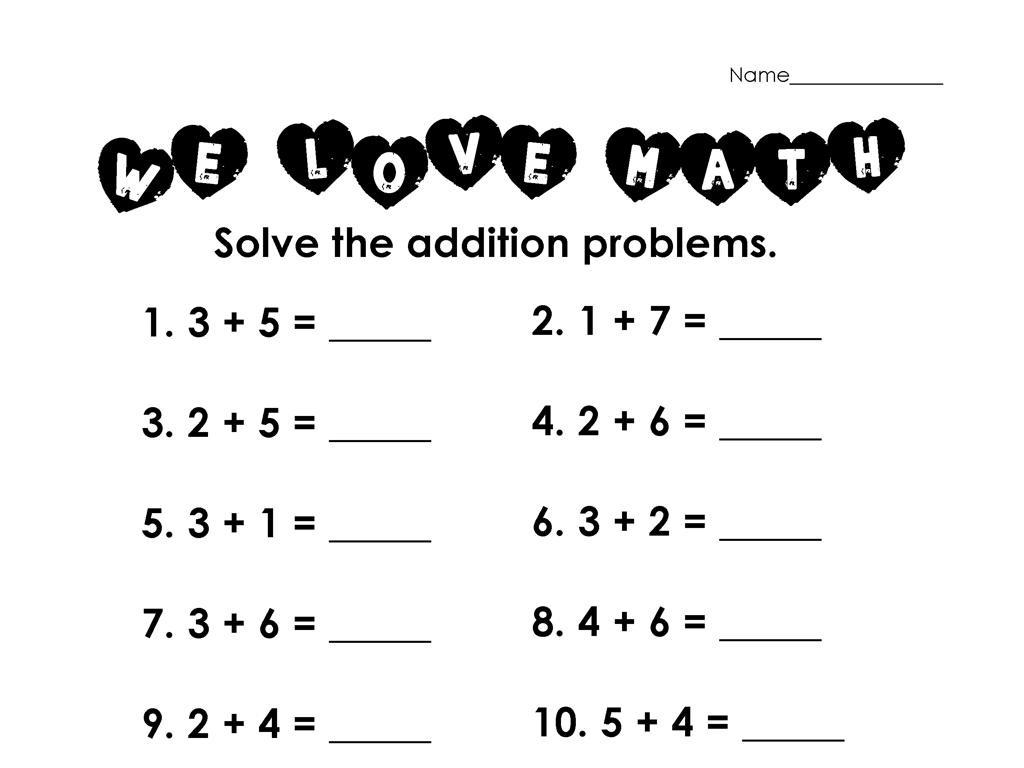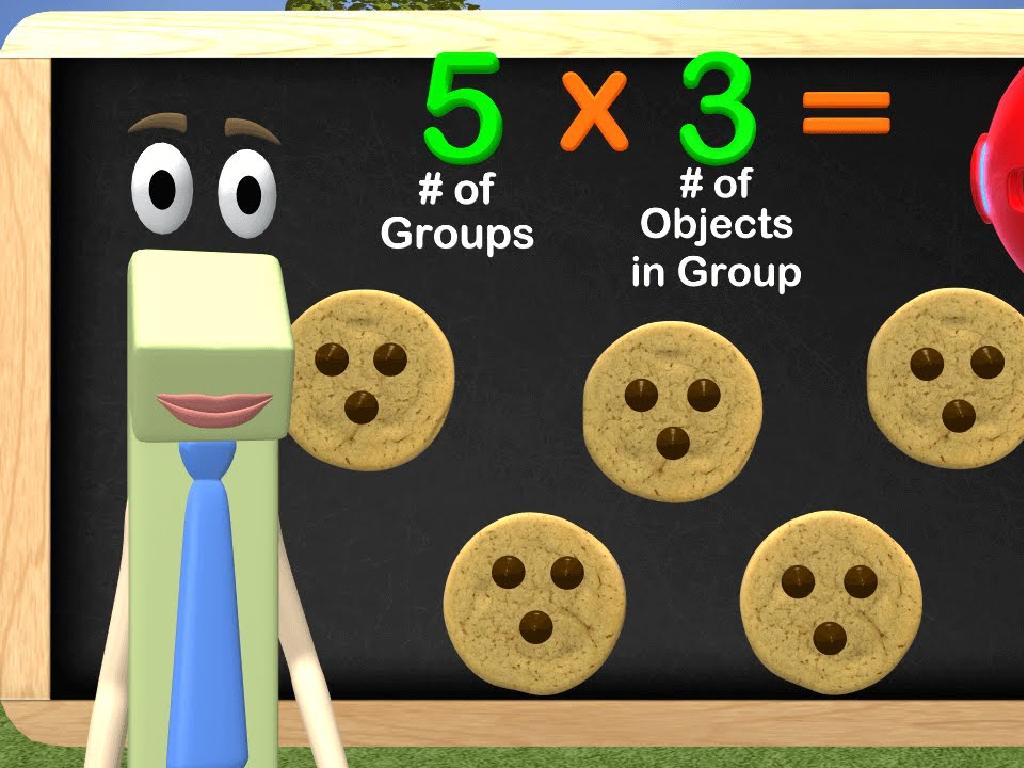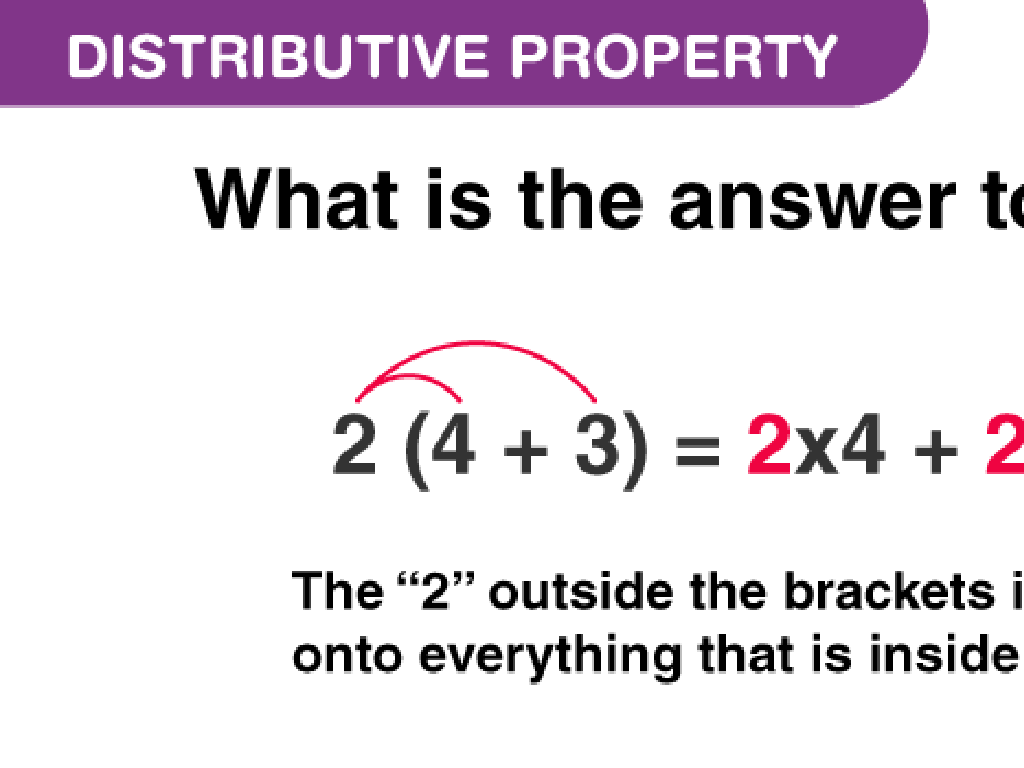Commas With Series, Dates, And Places
Subject: Language arts
Grade: Sixth grade
Topic: Punctuation
Please LOG IN to download the presentation. Access is available to registered users only.
View More Content
Mastering Commas: Series, Dates, & Places
– Commas create clarity in writing
– Use commas to separate items in a series
– List series: apples, oranges, bananas
– Commas in dates and addresses
– Write dates: July 4, 1776, is Independence Day
– Why proper comma use is crucial
– Commas help avoid confusion and misinterpretation
|
This slide introduces the importance of commas in writing, focusing on their use in series, dates, and places. Emphasize how commas help clarify the meaning of sentences and make lists more readable. Show examples of commas in a series by listing common items. For dates and addresses, provide examples that demonstrate proper comma placement. Discuss why accurate comma usage is essential for clear communication, preventing misunderstandings, and maintaining the flow of writing. Encourage students to practice punctuating sentences correctly and to understand that punctuation is a powerful tool that gives structure to their thoughts on paper.
Understanding Commas in Series, Dates, and Places
– Define a comma and its purpose
– A comma is a pause or break within a sentence
– Comma usage affects meaning
– For example, ‘Let’s eat, Grandma!’ vs ‘Let’s eat Grandma!’
– Analyze sentences with commas
– ‘I enjoy cooking, my family, and my pets.’ shows clear list
– Compare sentences without commas
– ‘I enjoy cooking my family and my pets.’ implies something else
|
This slide introduces the comma as a crucial punctuation mark in writing. Begin by explaining that a comma signifies a short pause in a sentence and is used to separate elements. Highlight how the presence or absence of commas can drastically change the meaning of a sentence, which can be both humorous and serious. Provide clear examples to illustrate this point, ensuring that students understand the importance of correct comma placement. Encourage students to come up with their own sentences and practice inserting commas to see how the meaning changes. This will prepare them for more complex uses of commas in series, dates, and places.
Commas in a Series
– Use commas to list items
– Commas separate items in a series
– Example: eggs, milk, bread, cheese
– I need to buy eggs, milk, bread, and cheese
– Activity: List your favorite foods
– Write a sentence with commas to show your favorites
|
This slide introduces the concept of using commas to separate items in a series, which is a fundamental aspect of punctuation in writing. Start by explaining the rule and its importance for clarity in writing. Use the example provided to illustrate how commas are used in a simple grocery list. For the activity, encourage students to think about their favorite foods and write a sentence that lists them using commas appropriately. This will help them apply the rule in a fun and personal context. In the next class, students can share their sentences and discuss the use of commas in their lists. Provide feedback and ensure each student understands the concept.
Punctuating Dates with Commas
– Correct comma use in dates
– Commas separate day of the week, month, day, year
– Example: Monday, April 3, 2023
– Remember to place a comma after the day and year
– Activity: Write today’s date
– Use what you’ve learned to punctuate today’s date correctly
|
This slide introduces students to the correct use of commas in dates. Start by explaining the general rule: when writing a date, a comma follows the day of the week and the day of the month. Show the example on the slide and point out where the commas are placed. For the activity, have students write today’s date on a piece of paper, using commas correctly. Walk around the classroom to check for understanding and provide guidance as needed. This exercise will help reinforce the lesson and give students immediate practice with the concept.
Commas with Places
– Commas separate city, state, country
– Example: Orlando, Florida, USA
– I live in Orlando, Florida, United States.
– Activity: Write your location
– Use commas to list your city, state, and country.
– Share with the class
|
This slide introduces the use of commas in geographical locations. Start by explaining the rule that commas are used to separate city names from state names, and states from countries. Provide the example on the slide to illustrate the concept. For the activity, instruct students to write a sentence that includes their city, state, and country, correctly using commas to separate each element. After writing, students can share their sentences with the class to practice speaking and to reinforce the punctuation rule. This activity will help students understand the practical application of commas in everyday writing.
Let’s Practice: Commas in Series, Dates, and Places
– Combine series, dates, places in a sentence
– Example: Birthday in NYC with treats
– On July 4, 2023, in New York, celebrate with cake, ice cream, and friends.
– Activity: Craft your unique sentence
– Use commas to list items, set off dates, and separate place names.
– Share and discuss with the class
|
This slide is an interactive class activity designed to help students practice the use of commas in lists, dates, and places all within one sentence. Start by showing the example provided, breaking down how commas are used to separate items in a series, to set off the date, and to distinguish between the city and state. Then, instruct students to create their own sentences that include a list of items, a specific date, and a location. Encourage creativity and ensure they use commas correctly. After writing, students can share their sentences with the class, providing an opportunity for peer learning and for the teacher to give feedback on their punctuation use. Possible variations for individual sentences could include different events, locations, or lists of items to ensure a diverse range of examples.
Class Activity: Comma Hunt!
– Find sentences with commas in your book
– Determine commas’ usage: series, dates, or places
– Note each comma’s purpose
– Is it listing items, indicating a pause, or something else?
– Share your comma discoveries in class
|
This activity is designed to help students recognize and understand the use of commas in writing. Students should bring their favorite books to class and look for sentences that contain commas. They will identify whether the commas are used to separate items in a series, to denote dates, or to indicate places. Encourage students to write down the sentences they find and the reason for the commas’ usage. In the next class, students will share their findings, discussing how the commas affect the meaning and flow of the sentences. This will help them see the practical application of commas in literature they enjoy. Possible variations of the activity could include finding commas in magazines, newspapers, or even their own writing.
Wrapping Up: Commas in Series, Dates, and Places
– Recap: Commas in series, dates, places
– Importance of correct comma usage
– Homework: Craft a short story
– Write a story including at least 5 examples of commas
– Include commas in series, dates, places
– Ensure commas are used to list items, in dates, and setting scenes
|
As we conclude today’s lesson, remind students of the key points about using commas in series to separate items, in dates to separate day, month, and year, and in places to separate city and state. Emphasize the importance of correct comma usage for clear communication. For homework, students will write a short story that incorporates commas in these three specific ways. This will help reinforce their understanding and provide practice in a creative context. Encourage creativity, but also remind them to proofread their work for proper punctuation. In the next class, we can have a few students share their stories to highlight the use of commas in different contexts.

